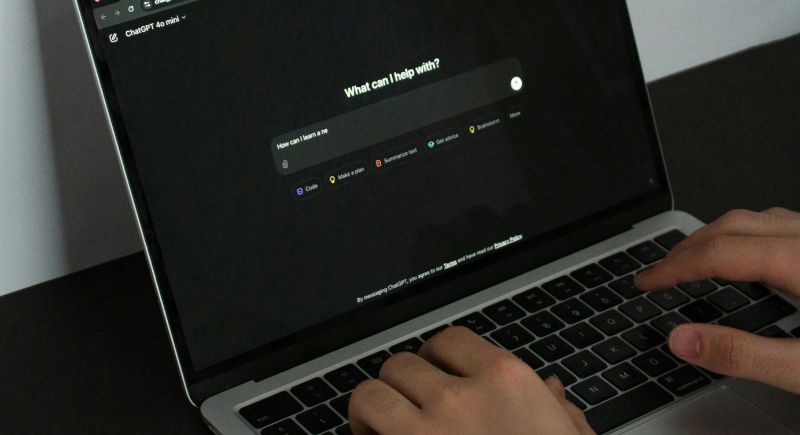Screen Time Isn’t All Bad — It May Boost Life After 50
Screens are part of daily routines worldwide. Phones light up early in the morning, tablets hum with notifications, and televisions glow late into the night.
Unfortunately, for younger generations, long hours in front of a screen are often tied to mental health struggles. National surveys show teenagers logging more than 8 hours of screen use each day, with studies linking those patterns to anxiety, sleep problems, and attention issues. The American Academy of Pediatrics advises that children under two years old avoid screens apart from video calls, and data collected between 2021 and 2023 revealed that over half of teenagers spend four or more hours on screens daily. Health researchers have tracked an increase in depression symptoms in adolescents who cross those thresholds.
Having said that, new research brings a twist for those over 50. A sweeping analysis covering more than 136 studies and over 400,000 adults shows that technology use in this age group correlates with a lower risk of cognitive decline. The findings, published in Nature Human Behavior, point to a 58 percent lower risk of impairment in those who regularly use digital tools.
Adults in their fifties and sixties were not raised with smartphones in hand, so each app update or new device demands active problem-solving. Researchers describe this ongoing adjustment as mental exercise that strengthens memory and reasoning. Frustration while learning a new operating system or managing an unfamiliar setting on a tablet can actually be a sign of the brain working through a challenge rather than shutting down. This type of engagement looks different from passive scrolling. It involves adapting, experimenting, and persisting until the task is mastered.
Screens as a Workout for the Mind

Image via Unsplash/Berke Citak
Studies show that older adults often use screens in ways that stimulate thinking instead of dulling it. Searching for travel routes, exploring photo archives, and managing online banking each require attention and flexibility. A report from Baylor University highlights how these actions build what experts call a “technological reserve” that helps to preserve cognitive function.
It is not about spending endless hours online but rather using technology as a set of tools that spark focus. Adjusting to software changes or troubleshooting Wi-Fi issues can feel annoying, yet these small hurdles demand memory retrieval and reasoning. Over time, that effort helps maintain mental sharpness.
Screen time also connects older adults with friends and family in ways that counter isolation. Video calls reduce loneliness, and messaging apps open up ongoing contact with distant relatives. Researchers note that regular social interaction is closely linked to stronger cognitive health. Digital connections can replicate the sense of community once limited to neighborhoods and family gatherings. Sharing photos or checking in on grandchildren’s milestones through apps gives many older adults new reasons to pick up a device.
Different Types of Screen Use Matter

Image via Unsplash/Christian Wiediger
Research on younger age groups highlights that not all screen use has the same effect. Experts often divide it into categories: passive, interactive, educational, and social. Passive use, such as scrolling through endless video clips, shows little benefit and sometimes contributes to lower persistence and weaker social skills. Interactive or educational use, on the other hand, supports learning and engagement.
That distinction matters when looking at why older adults might see gains instead of setbacks. Someone exploring a new recipe app or joining a virtual class uses their device in a way that engages memory and problem-solving. Those interactions contrast with passive viewing, which does not deliver the same cognitive challenge.
Statistics underline these contrasts. In the United States, the average screen time among adults stands at about 7 hours per day, but people over 55 often spend less than that and use screens more purposefully. Instead of hours lost to endless browsing, many focus on specific tasks like paying bills online or managing schedules through digital calendars. These activities provide structure while training the brain to process information quickly and accurately.
The researchers behind the recent findings point out that digital reminders, GPS systems, and online tools function as scaffolds. They support independence by compensating for memory slips and organizing daily life to reduce stress.
Shaping Better Habits for the Future

Image via Unsplash/Jovan Vasiljević
Experts are careful to note that mindless use can still be harmful, no matter the age group. Long stretches without breaks can strain the eyes, disrupt sleep, and lead to physical discomfort. Health professionals recommend the 20-20-20 rule to reduce eye fatigue: every 20 minutes, look at something 20 feet away for 20 seconds. Avoiding screens in the hour before sleep can also make a difference, as blue light interferes with melatonin production. These simple steps allow people to enjoy the advantages of digital tools without falling into patterns that undermine well-being.
For families worried about technology use across generations, these insights bring balance to the conversation. Young people need limits and guidance to prevent excessive use from affecting mental health. At the same time, older adults benefit when they explore new devices, try unfamiliar apps, and stay in touch with loved ones online. The habits that challenge them to adapt help maintain their mental agility.